When I toured my mentor’s classroom for the first time, I saw her walls covered with generalizations. These are abstract statements that apply to many different situations. If you use Depth and Complexity, it’s a form of 🏛️ Big Idea. I wrote a bunch about generalizations and abstract ideas here.
Example Generalizations
- Change leads to more change.
- Power can be seen or unseen.
- A bird in the hand is worth two in the bush.
- A stitch in time saves nine.
Not that each one is abstract enough to fit many situations – but not so vague as to fit every situation. A non-example would, “All things are stuff.” That’s not so good. (And yes I’d use that as a non-example with my class!)
Now, yes, I can give these to my students, but I really want my class to be able to generate their own big ideas.
Combine Depth and Complexity Prompts
Of course, some students can just do it! But others will need help. My go-to scaffold is to combine two prompts of Depth and Complexity into a sentence.
Let’s pick ⚖️ Ethics and 🚦 Rules. One of my favorite generalizations based on these two is:
⚖️ Problems lead to new 🚦 rules, but new 🚦 rules lead to new ⚖️ problems.
You can probably write a huge list of situations where someone made a new law to solve some problem, but that law then led to new problems. Show this statement to students and they’ll immediately have a dozen examples for you just from school. “Oh, last year Principal Bummer banned Pokemon from school, but then that overloaded the soccer field and kids started getting hurt.”
Using those same thinking tools (⚖️ and 🚦), I could also write:
- A quickly formed law will make the problems worse.
- It’s easier to create a rule than it is to solve the problem.
- A rule that isn’t enforced becomes its own problem.
Now, I was coming up with those off the top of my head, but give your students a starting point: an image, video, or article. I’d use something from my own Puzzlements mailer or a Notice Wonder image over at Byrdseed.TV.
Towel Robot
Here’s a towel-folding robot from a previous post:
As I watch that, it leads me to write:
- Even as technology ⏳ changes, we are left with the same ⚖️ problems.
- If something is a real solution to a ⚖️ problem depends on your 👓 point of view.
- Sometimes it’s better to bend a 🚦 rule than get every 🌻 detail just right.
Of course, this takes practice, modeling, and scaffolding. Your students will need guidance here. Once they get into the groove, though, they will surprise you with their thinking!
Then What?
I’d have my students pop their new generalization into the top of a graphic organizer and then look for evidence that supports that statement from different areas. This would be an example of deductive thinking.
Here’s a sample I cooked up using one of my statements from above and the three categories: school, sports, and video games.

You could do the same, but label your columns:
- science, social studies, math, art.
- Hatchet, Where the Red Fern Grows, A Wrinkle in Time
- Ancient Rome, China, Greece, Mesopotamia, India
You could just make two columns: proof and counterexamples. Now students will look for evidence that supports the big idea and evidence that refutes it.
Want to turn it into a larger product? Have your students write a short essay, give presentations, or teach the 2nd graders about their big idea.
And, of course, keep bringing these big ideas back throughout the year. You’ll find more and more uses for them.
More Ideas
- Read about the original Puzzlement, where I explain how my students created generalizations about a fascinating animated sculpture.
- Browse the Byrdseed.TV “Big Idea” category.
- Yep, there’s one specifically about ⚖️ Problems lead to new 🚦 rules, but new rules lead to new problems.!
